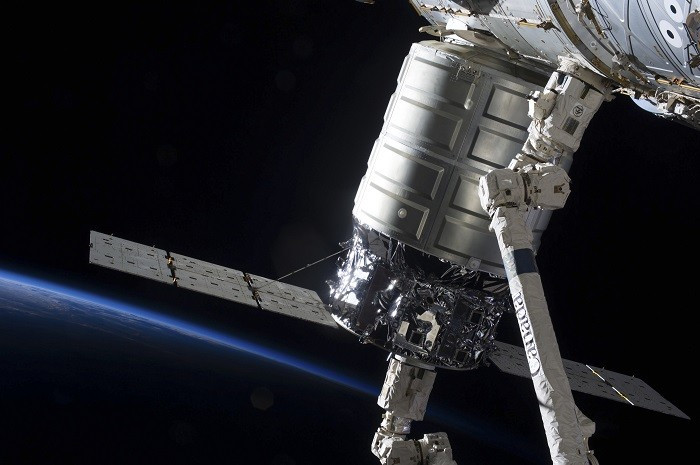Britain's Inmarsat Launches Ambitious New Space Project

British satellite telecommunications company Inmarsat has launched an ambitious new commercial space project as part of a new global telecommunications network for on-the-move customers.
The London-based firm launched its I-5 F1 satellite from Baikonur in Kazakhstan on Sunday at 12:12 GMT.
The 6.1-tonne satellite, which was built by Boeing, will manoeuvre itself into orbit with its own in-built electric propulsion system.
After an expected 15-hour flight, I-5 F1 will eventually move itself into a stationary position 63 degrees east and around 36,000km above the Indian Ocean.
Inmarsat plans to launch up to three further spacecraft in its Ka-band Global Xpress system, as it continues to consolidate its position in the Mobile Satellite Services market.
Customers can use Inmarsat's services to make phone calls or transfer audio-visual material or simple data.
The company principally serves the shipping industry but also caters for companies or private individuals that need connectivity away from a fixed line. Inmarsat already offers airlines mobile connectivity, which allows them to offer passengers on-board wi-fi internet connections.
Ruy Pinto, Inmarsat's chief technical officer, told BBC News: "When we started thinking about this project five years ago, we'd come to the conclusion that you could not grow much further the L-band franchise - not in terms of revenue, but in terms of capacity.
"We have hit the limits of all-you-can-eat high-data-rate packages in L-band; there simply isn't enough spectrum. Ka is the natural next step to deliver the types of packages our customers want."
Three satellites, separated from each other by around 120 degrees, are needed to complete Inmarsat's Global Xpress network. The I-5 F2 and F3 models will be launched next year and the company is considering buying a fourth spacecraft from Boeing as a back-up.
© Copyright IBTimes 2025. All rights reserved.




















